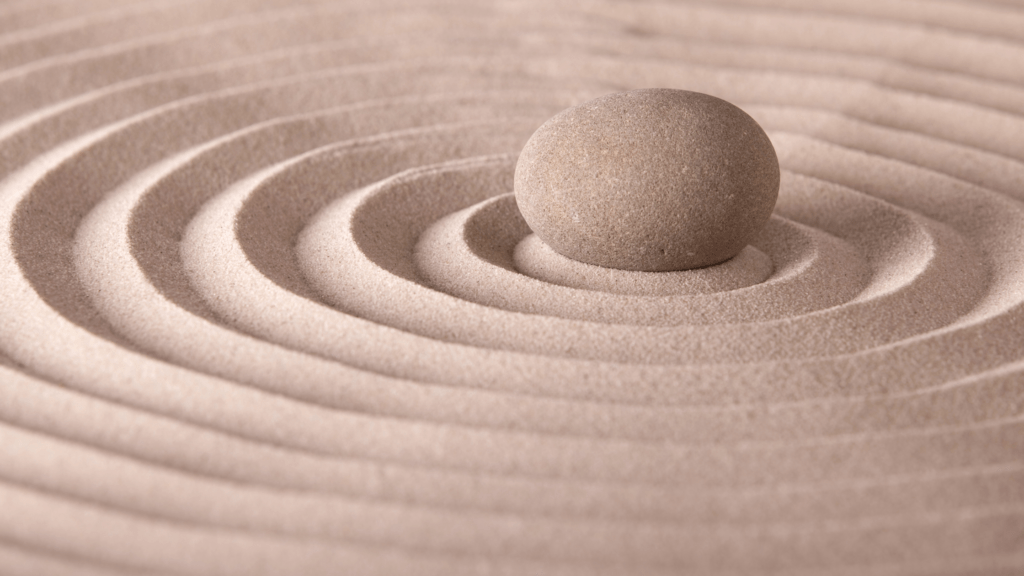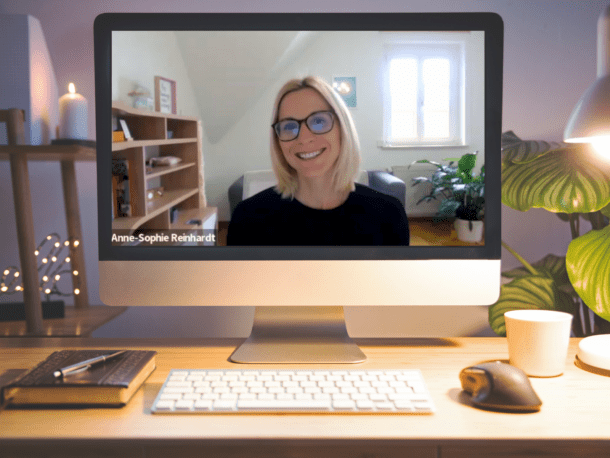
I’ve been meditating for years, not regularly, unfortunately, but enough for my brain and body to find comfort and healing whenever I sit down on my meditation cushion. I am a big fan of guided meditations; they seem easier, allowing my thoughts to hold on to something, an anchor, instead of going to random places that feel hard to get out. As you can see, I am still a beginner. Can you relate? 😉
A while back, I heard the term “second arrow” in one of my classes, which instantly resonated with me. It’s a teaching from Buddhism that has since transformed the way I perceive and respond to suffering.
The First Arrow: Physical or Emotional Pain
The first arrow represents the unavoidable pains and discomforts of life. These can be physical, such as illness or injury, or emotional, like loss, rejection, or disappointment. The first arrow symbolizes the inherent suffering that is part of the human experience.
I’ve learned to sit with the first arrow not only in my meditation practice but in everyday life as well. Instead of instinctively recoiling from pain or discomfort, I can now be present with it, to acknowledge it without judgment. This simple act of mindfulness has the remarkable power to lessen the impact of the initial pain.
The Second Arrow: Our Reaction
Then there’s the second arrow—the one we shoot ourselves. This arrow doesn’t come from the external world; it’s the mental and emotional reaction we layer onto the initial pain. It’s the self-pity, the blame, the resentment, and the endless rumination that we add to our suffering. The second arrow is, in my mind, self-inflicted torture.
Let’s say you stub your toe, which I do waaaay too often. The first arrow is the immediate pain of the toe hitting the leg of the table or whatever object you unintentionally ran into. It hurts, yes, It’s uncomfortable. It may even be a moment of muttering several explicit words. No harm done. But then we call in the second arrow! We berate ourselves for always being oh so dumb, clumsy, and never careful enough. We worry about the inconvenience it’ll cause and let that one moment taint our entire day.
Or – even worse – imagine a moment when you’ve made a mistake at work. The initial discomfort of realizing your error is the first arrow—the unavoidable pain. But when you start berating yourself, fearing consequences, or losing sleep over it, you’re firing the second arrow at yourself. And which one hurts more?
Why Understanding This Matters to Me
Understanding this idea has been transformative in my life for several reasons:
- Less Suffering: Realizing that much of my suffering arises from my reactions, not the pain itself, has been liberating. Why? Because I know that I have the power to change my reactions and self-inflicted terror.
- Strength and Resilience: By facing the first arrow mindfully, I’ve dug deeper into my strength and perseverance.
- Improved Relationships: I’ve noticed that many of the conflicts I’ve had with friends and family came from those “unchecked” reactions to silly things. By learning how to respond to my own inner dialogue in a kinder way, I’ve also improved my relationships.
- Personal Growth: The second arrow helps you explore the inner workings of your mind and emotions. It’s a journey of self-discovery and personal growth, which can lead to more balanced decision-making.
Breaking Free from the Second Arrow
What are the steps you can take in order to break free from the Second Arrow?
- Acknowledge and Accept: The first step is to acknowledge the pain or discomfort that is caused by the first arrow without resistance or judgment. Accepting the reality of the situation allows us to let go of the struggle against it and find peace within ourselves.
- Witness your Reactions: Observe your thoughts, emotions, and body sensations as they arise in response to the first arrow. Instead of identifying with them, take a step back and become the impartial witness of your inner world. Recognize that these reactions are not a reflection of your true self but rather conditioned patterns of your mind.
- Cultivate Compassion: Respond to your suffering with self-compassion. Treat yourself with kindness, understanding, and gentleness. Remember that imperfections, setbacks, and challenges are a part of the human experience we all share.
- Choose a Conscious Response: Once you have created space between your reactions and responses, consciously choose how to navigate the situation. Focus on what you can control and take constructive actions that align with your values and well-being.
The concept of the second arrow in meditation is not just a philosophical idea—it’s a powerful tool for navigating life. While we can’t always control the first arrow—the pain and adversity life presents—we can manage our reactions to it, which leads to a whole new level of freedom, peace of mind and well-being.







